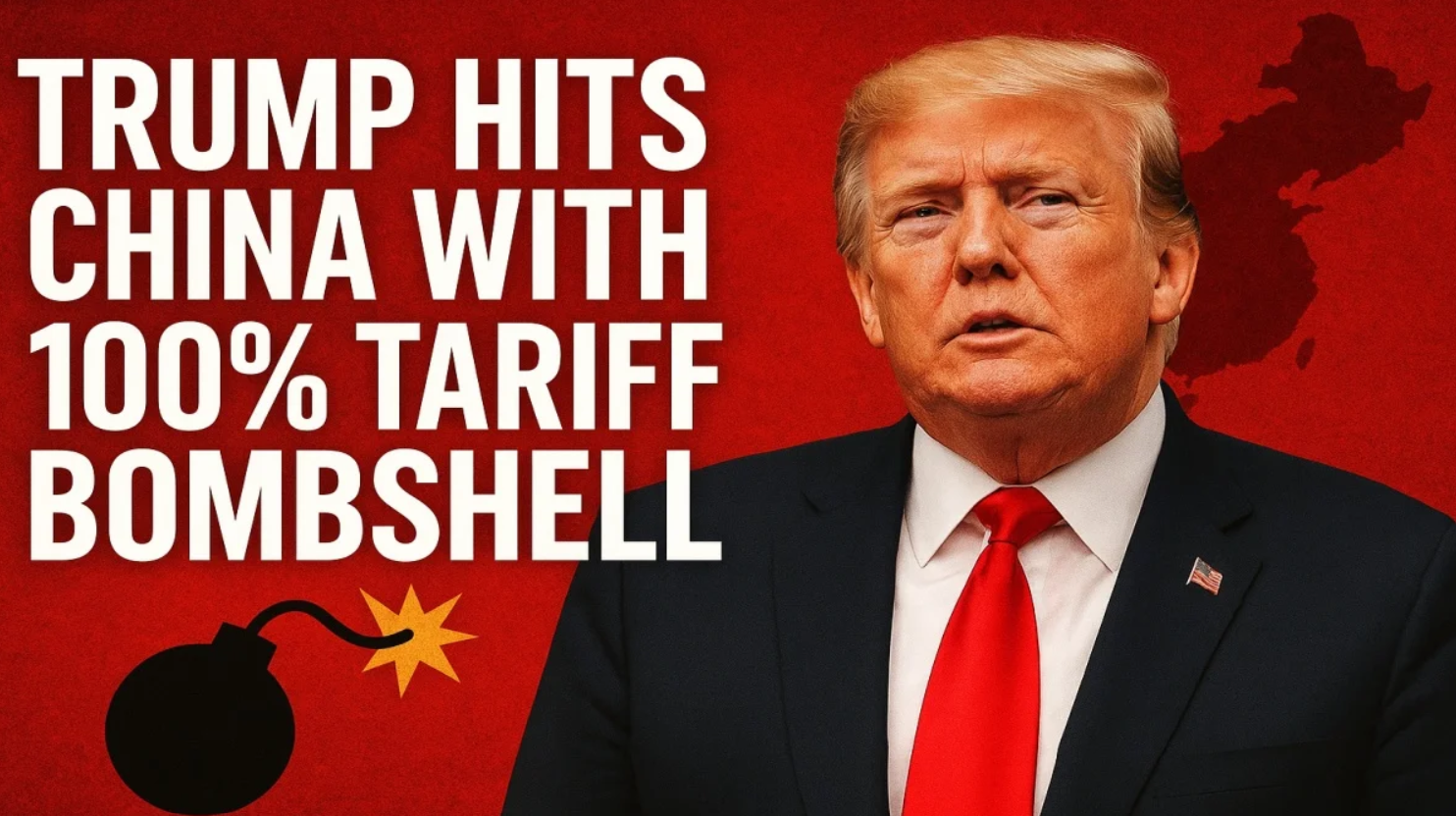The Securities and Exchange Board of India has introduced a proposal that aims to make mutual fund schemes more aligned with their stated labels. By capping portfolio overlap at 50 percent between thematic or sectoral mutual funds and other equity schemes, SEBI wants to ensure investors get truly distinct exposure when selecting specific types of funds. While the intent is to promote clarity and discipline in scheme categorization, the response from the mutual fund industry has been divided.

At the heart of SEBI’s proposal lies the concern that many sectoral or thematic funds often mirror other equity schemes in substance, despite presenting themselves as niche offerings. By examining the portfolios of several schemes, SEBI noted that in some cases, the overlap was significant enough to undermine the differentiation promised to investors. As a result, it felt necessary to set firm guidelines to reduce such duplication.
Prominent voices in the industry, such as D P Singh of SBI Mutual Fund and Prateek Agarwal of Motilal Oswal Asset Management, have echoed the view that without limits on overlap, the term true to label becomes meaningless. Agarwal went a step further by saying that even a 15 percent overlap can erode the uniqueness of a scheme. Their argument is rooted in the idea that thematic and sectoral funds must offer exclusive insights or exposure rather than replicate what broader equity funds already deliver.
Not everyone sees the proposal as straightforward. Dhirendra Kumar, CEO of Value Research, pointed out that simply setting a numerical cap may not be enough. He emphasized that true differentiation comes from the philosophy and substance of a fund, not just the percentage of unique holdings. This nuanced take highlights a larger issue of form versus function, where some funds might comply technically while still remaining too similar in actual performance or risk profile.

In addition to the cap on overlaps, SEBI has proposed another significant change. Asset management companies may be allowed to launch additional schemes within existing categories if the original fund has completed more than five years and manages over ₹50,000 crore in assets under management. This marks a potential shift from the long-standing rule of one scheme per category, a framework introduced in 2017 to streamline the fund landscape and avoid investor confusion.
Data from Value Research shows that thirteen equity and hybrid schemes currently meet the ₹50,000 crore threshold, indicating that a handful of top-performing funds could soon have spin-offs or variants. However, critics argue that this change could create unintended consequences. Financial platform Freefincal raised concerns about the rise of orphan funds, where the older fund loses relevance and faces continuous redemptions after the launch of a newer variant. In such a case, loyal investors may be left holding units in a scheme that is no longer actively promoted or maintained.

The proposal also carries the potential for long-term benefits. SEBI is clearly trying to reduce the clutter of similar-sounding schemes and avoid the confusion that arises from excessive product proliferation. By tying the eligibility for new schemes to stringent conditions such as age and AUM size, the regulator is ensuring that only funds with a proven track record and wide investor base can be expanded.
In total, the draft circular dated July 18 introduces twenty proposed changes to how mutual fund schemes are categorized and governed. These suggestions are a continuation of reforms that began in 2020 when SEBI moved to standardize scheme categories, characteristics, and disclosures. The overarching aim remains investor clarity, improved comparability, and consistency in mutual fund offerings.
While the full impact of these changes will depend on how they are finalized and implemented, one thing is clear. SEBI is taking strong steps to align product offerings with investor expectations, aiming to make the mutual fund industry simpler and more transparent. Whether these steps achieve the delicate balance between regulatory oversight and fund house flexibility will depend on further feedback from industry stakeholders and investors alike.
For more simplified financial insights and regulatory updates, follow You Finance on Instagram and Facebook. Stay informed and make smarter investment decisions with every post.















